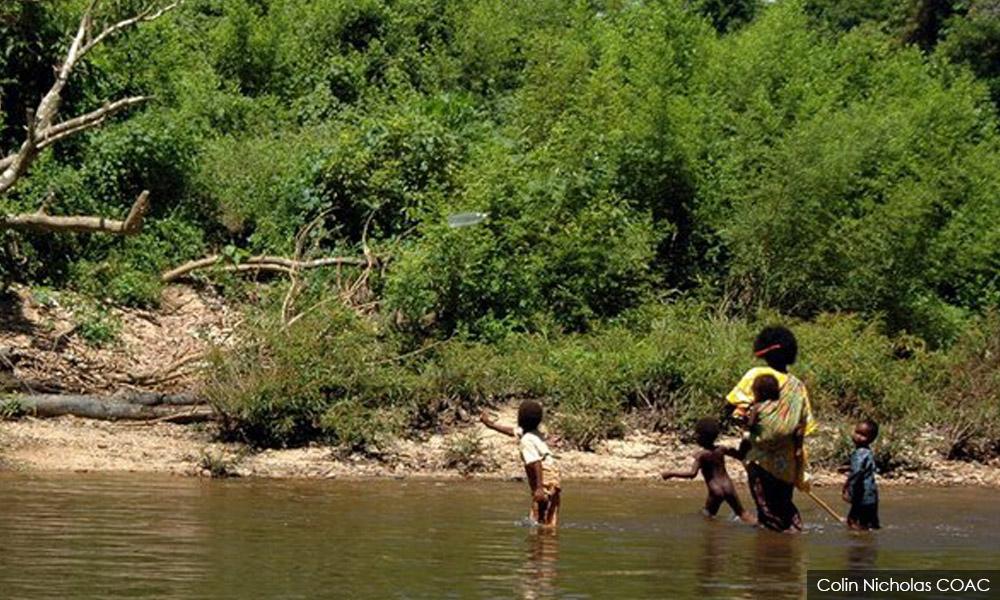
Laboratory tests on samples taken from the waters sourced around Kampung Kuala Koh in Gua Musang, which saw the deaths of 15 Bateq villagers, revealed contamination and toxic substances.
Dr Steven Chow, president of the Federation of Private Medical Practitioners' Associations Malaysia (FPMPAM), said the samples were taken on June 10 and 11 from five sources.
That was the week after it was revealed that 14 villagers had died in a five-week span from a mysterious illness. A Bateq toddler died soon after.
FPMPAM sent the samples for testing in three independent laboratories, which discovered that samples from Sungai Pertang – the main source of water for the community – were not suitable for human consumption, unless extensively treated. The water is not even suitable for recreational use.
One study also found that the level of manganese in the water was 2.53mg/L – more than 12 times the safety standard of 0.2mg/L set by the Health Ministry.
The studies also found an unacceptable level of faecal contamination in the water
Based on these findings, which have been compiled in a report sighted by Malaysiakini, Chow and his group have sought a meeting with Health Minister Dzukelfy Ahmad (photo) to urge him to set up an inquiry into the villagers' deaths.
The meeting has been scheduled at 4pm today.
Perfect storm - not measles alone
Asked why his group chose to carry out the independent studies, Chow said it was because “the official narrative does not sound correct.”
“There was a hurry to certify that the water is clean, blame the Bateq lifestyle as a factor and then blame measles,” he told Malaysiakini.
Chow's group and others were determined to find out the truth for themselves, and were not convinced when Dr Wan Azizah Wan Ismail announced that the Environment Department found no water contamination from manganese mining at Aring 10, three kilometres from Kampung Kuala Koh.
According to the deputy prime minister, DOE conducted sampling at the manganese mine and water springs in the village, and “found that the water quality at the sampling locations was in compliance with the National Water Quality Standards for raw water.”
As Chow said, however, the Bateq villagers have no access to treated water, and rely on raw river water for their daily use, including drinking.
Chow and his group had already collected their water samples before Wan Azizah made the announcement on June 14, and their findings provided a sharp contrast.
The testing of the samples was carried out by the Environmental Engineering Laboratory at Universiti Malaya's Faculty of Engineering, ALS Life Sciences and the Kuala Lumpur branch of ChemLab.
The Environmental Engineering Laboratory found high levels of ammoniacal nitrogen, ranging from 11.2mg/L to 25.2mg/L. Acceptable levels for river water do not exceed 0.9mg/L.
“High ammonia may be caused by the presence of fertilisers in the area that leached into the river, as well as from urine and faeces of human beings and animals that were directly disposed into the river without prior treatment,” said the report.
The laboratory concluded that “based on all parameters tested for all water samples, most of the parameters do not comply with the standards.
"Hence, the river water is not suitable to be used as drinking water without extensive treatment.”
In tests conducted by ALS Life Sciences, the faecal coliform count exceeded acceptable levels for river water. The coliform bacteria is used as an indicator of the level of faecal contamination.
Questions over deaths
Chow and his group had actually visited Kampung Kuala Koh just a week before the crisis unfolded and was appalled by the conditions in the village.
"We brought in a medical team comprising volunteers, nurses, senior general practitioners and dermatologists there on April 28 in response to a call for help from another NGO following an article in Utusan Malaysia regarding a 'mysterious skin disease' afflicting many patients," he said.
"This was earlier highlighted to us at a meeting with the Hospital Orang Asli Gombak (HOAG).
"We also had the support of a medical team from the Klinik Kesihatan Airing, Gua Musang, arranged by HOAG,” he added.
Describing the conditions, Chow said there was no running water and all the water tanks were empty.
“Pipes were broken. All we had was the bottled water that we brought along for the patients and the medical team.
"With no running water, the standard of sanitation was terrible.
"We saw patients from more than 60 families, many with multiple health problems. Almost all had infections affecting either the respiratory or gastrointestinal (systems), or the skin,” he added.
Chow said that at the time, there were no indications of measles, but during his visit, they treated 140 patients, four of whom died later.
These include the tok batin Hamdan Keladi, his brother and three of his children.
He said questions must be asked about why there was a clear familial clustering of deaths.
In conclusion, the FPMPAM report stated: “This tragedy is a result of a perfect storm – where socio-economic pressure on a marginalised indigenous hunter-gatherer community, toxic environmental degradation, disparity and inequality of basic healthcare needs and disease have culminated in preventable deaths.”
Urgent recommendations
The report called for an immediate supply of safe water and food to the area. It recommended that all unsafe water sources should be clearly demarcated, sealed and/or filled up.
It also called for an immediate shutdown of all polluting activities, such as mining and logging, or any other commercial activities causing or contributing to the degradation of the water and environment of the affected area.
It expressed grave concern for the future of the community and called for short-term and long-term solutions from the government.
Chow also urged the Health Ministry to open an inquiry into the 15 deaths in Kampung Kuala Koh.
He also said that an investigation into mining activities, both legal and illegal, should be considered. - Mkini



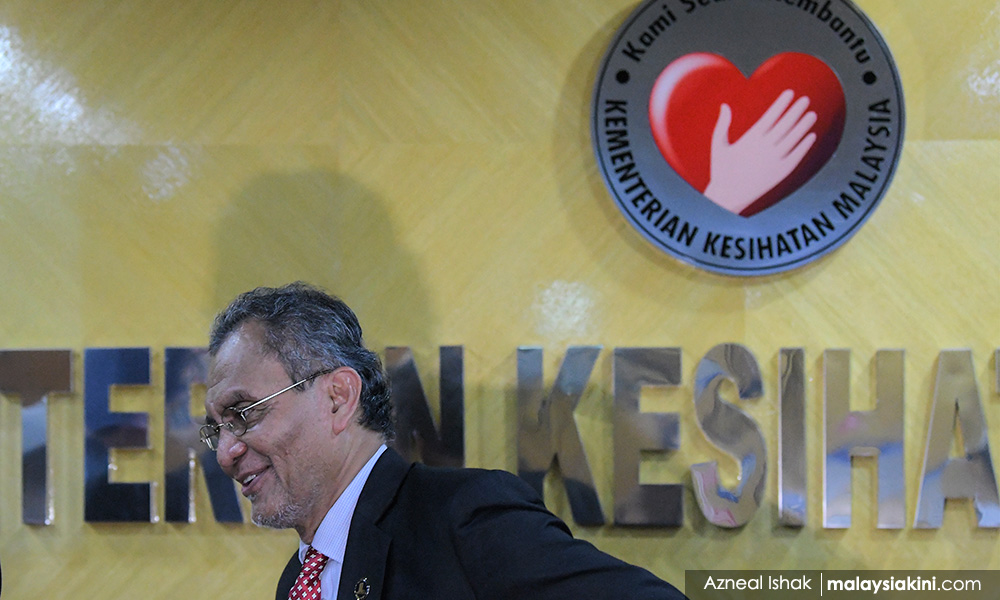
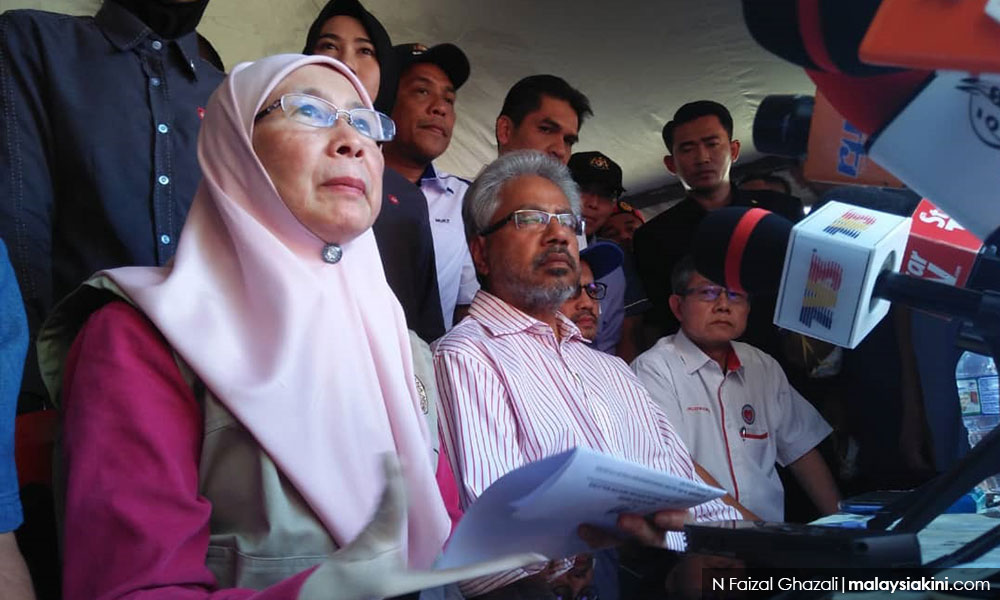
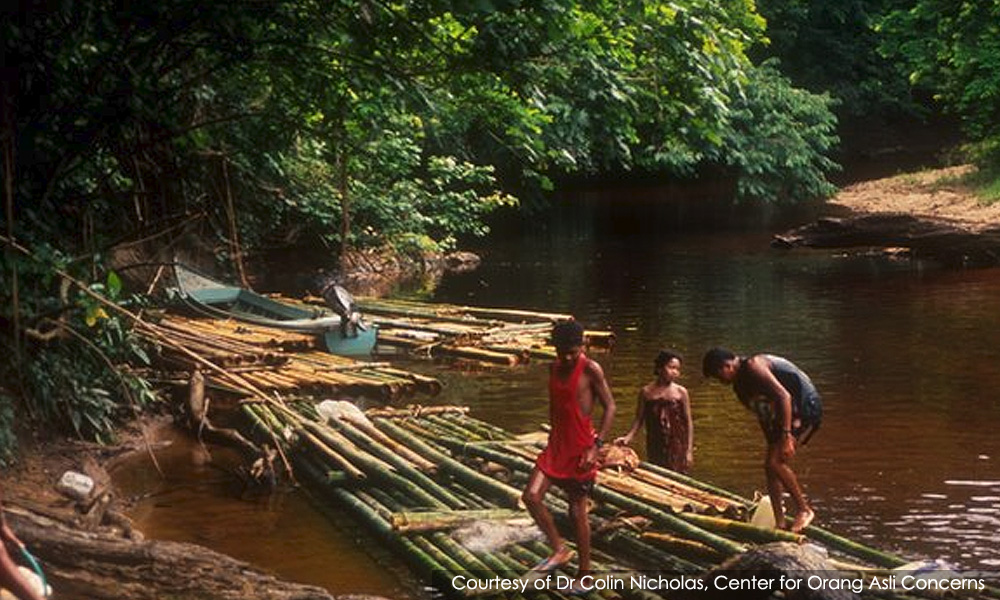
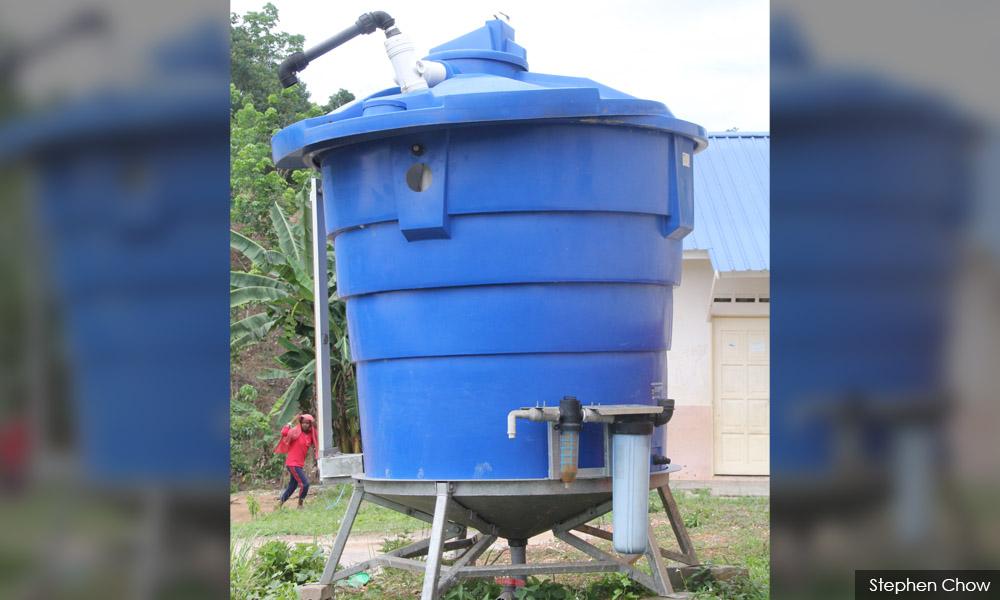
No comments:
Post a Comment
Note: Only a member of this blog may post a comment.